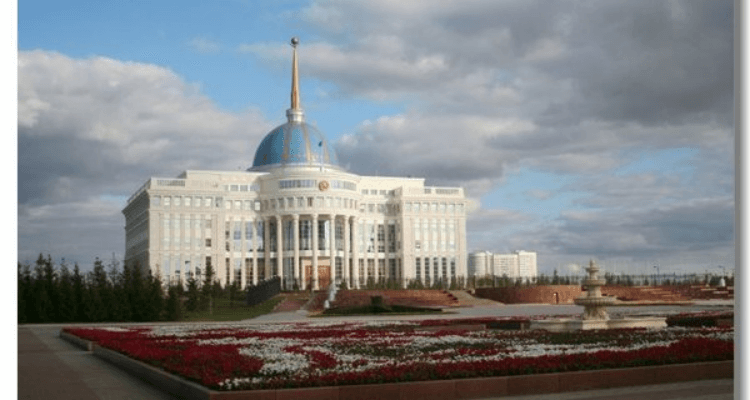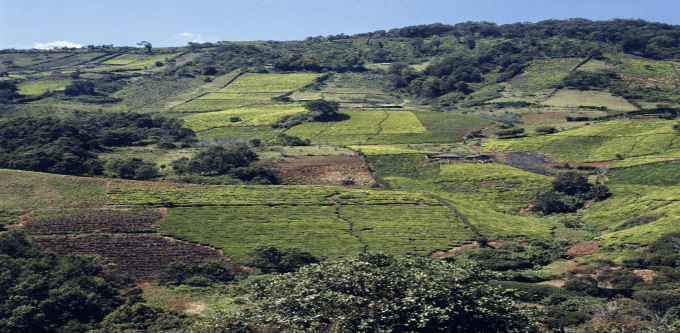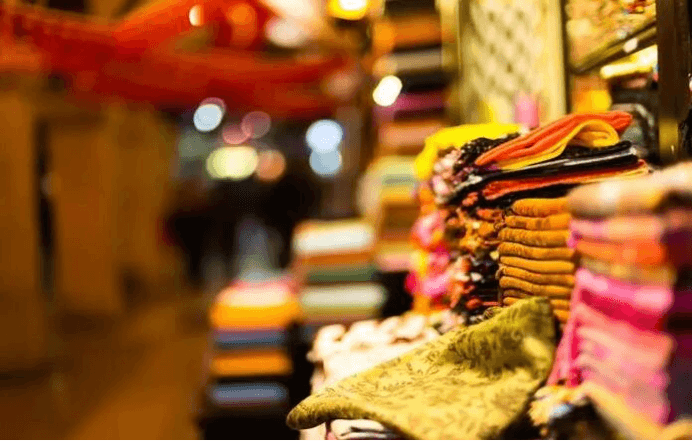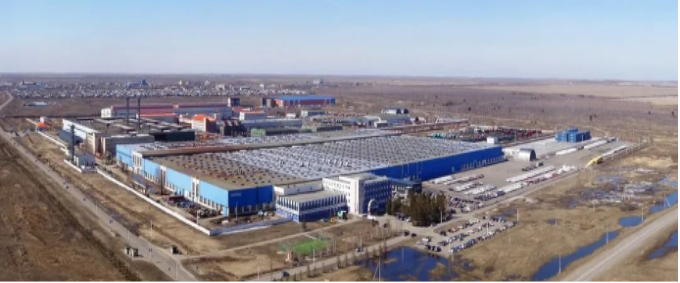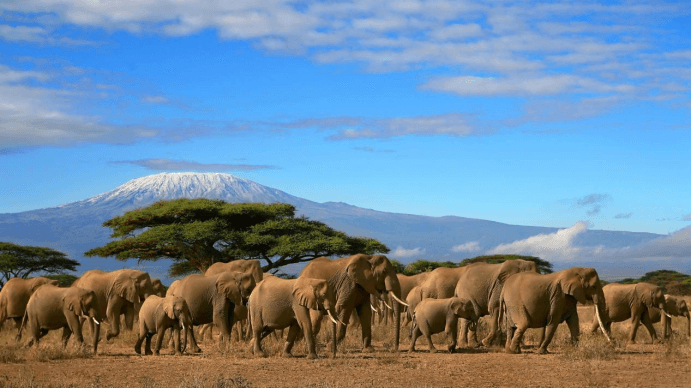

Egyptian Textile Industry Investment Report 2025-2028
Egyptian Textile Industry Investment Report 2025-2028
Compiled by Golden Compass Go-Global Consulting

Special Statement
Each report embodies the professional judgment and rigorous verification of the analysts. This sample is for reference only. Please refer to the final approved version.
Report Price: 9800 yuan
service quotation | Notes | ||
Standard Version | Standard report module and data summary. It is suitable for small and medium-sized enterprises and individual business owners. | 9800¥ | |
Partial customization | Industry overview analysis, risk assessment, partial customization (2 persons * 2 weeks) | (Industry/Country) 98,000+ | No travel expenses included. |
Consult for customization | Customized consulting for enterprise investment in a certain country's industry, including in-depth research, production analysis, and action plan (3 people * 4 weeks) | (Industry/Country) 450,000+ | Include travel expenses |
Industry Summary
Investment Value
The Egyptian textile manufacturing industry is the country's second - largest industry, accounting for 25% of the clothing industry and contributing 3% to the gross domestic product. Affected by the COVID - 19 pandemic, its textile exports declined by 14% in 2020. However, the government plans to quadruple textile and clothing exports by 2025. Currently, foreign investment has increased to $17.5 billion, highlighting the industry's recovery potential and investment attractiveness. The Egyptian textile industry has duty - free access to the US and EU markets, accounting for 50% of its exports to the US and 30% of its exports to European countries, opening up broad market opportunities for investors.
Development Status
The Egyptian textile industry has a long history and is one of the five major pillar industries of the economy. The public sector has a significant advantage in the spinning, knitting, and weaving fields, accounting for 50%, 60%, and 60% respectively. The private sector dominates the clothing field, with a market share of 90%. In the 2021/22 fiscal year, Egypt's raw cotton exports were approximately $156 million, and its ready - made garment exports increased by 42%. In recent years, about 6,740 new companies have been established in the textile industry, with an issued capital of 10.5 billion Egyptian pounds.
Market Concentration
The Egyptian textile industry has a relatively high market concentration. The public sector dominates the spinning, knitting, and weaving links, while the private sector has a prominent advantage in the clothing field. In March 2022, Egypt planned to build the world's largest textile mill in Mahalla City, which is expected to further change the market pattern and create more development opportunities.
Development Trends
1.Sustainable Manufacturing: The industry is actively adopting environmentally friendly materials, paying attention to water and energy conservation, reducing waste, and promoting sustainable development.
2.Digital Transformation: By leveraging technologies such as artificial intelligence, the Internet of Things, and data analysis, the industry aims to improve production efficiency and capacity.
3.Customization and Personalization: Consumers' demand for customized textiles is on the rise, and manufacturers are using technology to meet personalized needs.
4.Circular Economy: Emphasis is placed on product recycling, upcycling, and extending product lifespan to minimize environmental impact.
5.E - commerce: The rise of e - commerce platforms and the direct - to - consumer model is reshaping traditional distribution channels.
Relevant Policies
The Egyptian government strongly supports the textile industry and promotes its development through formulating policies, providing incentives, and improving infrastructure. To achieve the goal of quadrupling textile and clothing exports by 2025, the government is actively building industrial parks, specialized zones, and integrated textile cities to attract investment and boost exports.
Relevant Enterprises
The Egyptian textile industry is composed of the public and private sectors. The public sector dominates spinning, knitting, and weaving, while the private sector has an advantage in the clothing field. The world's largest textile mill, located in El-Mahalla city (also known as Ghazl el-Mahalla) in northern Egypt, will bring new development opportunities for related enterprises.
Opportunities and Potential
1.Value - addition and Diversification: Manufacturers can enhance value - addition by producing finished products and expand into high - value - added areas such as technical textiles and private - label clothing.
2.Investment in Technology and Innovation: Introducing advanced technologies and increasing research and development investment can improve productivity, reduce costs, and drive innovation in the textile manufacturing market.
3.Sustainable Manufacturing Practices: The growing demand for sustainable textiles provides an opportunity for enterprises to adopt environmentally friendly production methods and meet the needs of environmentally conscious consumers.
Challenges and Prospects
1.Competition from Low - cost Manufacturers: The fierce competition from low - cost textile manufacturers in other countries puts pressure on Egyptian enterprises to enhance their competitiveness in terms of price and quality.
2.Fluctuations in Raw Material Prices: The instability of cotton prices affects the profitability of textile enterprises as cotton is the main raw material in the industry.
3.Infrastructure Shortcomings: Inadequate transportation and power supply and other infrastructure in some regions of Egypt restrict the development of the textile manufacturing industry.
Overall, the Egyptian textile manufacturing industry has great potential in terms of government support, technological innovation, and sustainable development. However, it also faces challenges from global competition and infrastructure deficiencies. If it increases investment in technological innovation, diversifies product categories, and strengthens export capabilities, it is expected to achieve sustainable growth. For more details, please refer to the latest industry report of Golden Compass Overseas Consulting.
Table of Contents
Overview of the Development of the Egyptian Textile Industry
1.1 Development Process
1.1.1 Historical Origins
1.1.2 Key Development Stages
1.2 Industry Status Quo
1.2.1 Industry Scale
1.2.2 Distribution of Industrial Clusters
1.3 Industry Position
1.3.1 Position in the Egyptian Light Industry
1.3.2 Position in the Global Textile Industry
Market Analysis of the Egyptian Textile Industry
2.1 Market Scale and Growth Trends
2.1.1 Domestic Market Scale
2.1.2 International Market Scale
2.1.3 Forecast of Future Market Scale
2.2 Market Demand Structure
2.2.1 Demand for Product Types
2.2.2 Demand from Consumer Groups
2.3 Market Competition Pattern
2.3.1 Analysis of Major Enterprises
2.3.2 Enterprise Competition Strategies
2.3.3 Threats from Potential Entrants and Substitute Products
Analysis of the Industrial Chain of the Egyptian Textile Industry
3.1 Upstream Raw Material Supply
3.1.1 Cotton Planting and Supply
3.1.2 Supply of Chemical Fibers and Other Raw Materials
3.1.3 Impact of Raw Material Price Fluctuations on the Industry
3.2 Mid - stream Textile Processing
3.2.1 Spinning, Weaving, and Dyeing Capabilities
3.2.2 Production Efficiency and Quality Control
3.3 Downstream Product Sales and Brand Building
3.3.1 Sales Channels and Models
3.3.2 Current Situation of Brand Development
Policy Environment and Support Measures for the Egyptian Textile Industry
4.1 Government Industrial Policies
4.1.1 Industrial Planning and Development Goals
4.1.2 Tax Preferences and Subsidy Policies
4.2 Trade Policies
4.2.1 Import and Export Tariff Policies
4.2.2 Free Trade Agreements
4.3 Industry Regulatory Policies
4.3.1 Quality Standards and Certification Systems
4.3.2 Environmental Protection and Social Responsibility Policies
Technology and Innovation Capabilities of the Egyptian Textile Industry
5.1 Current Technological Level
5.1.1 Production Equipment and Processes
5.1.2 Degree of Informatization Application
5.2 R&D Investment and Innovation Achievements
5.2.1 R&D Investment Situation
5.2.2 Innovation Achievements and Applications
5.3 Challenges and Opportunities in Technological Innovation
5.3.1 Challenges
5.3.2 Opportunities
Investment Status Quo and Case Analysis of the Egyptian Textile Industry
6.1 Investment Status Quo
6.1.1 Investment Scale and Growth Trends
6.1.2 Investment Fields and Regional Distribution
6.2 Investment Case Analysis
6.2.1 Successful Investment Cases
6.2.2 Failed Investment Cases
Investment Risks and Countermeasures of the Egyptian Textile Industry
7.1 Investment Risks
7.1.1 Political Risks
7.1.2 Economic Risks
7.1.3 Market Risks
7.1.4 Technological Risks
7.2 Countermeasures
7.2.1 Risk Management Measures
7.2.2 Investment Strategy Recommendations
Investment Prospects and Recommendations
8.1 Forecast of Investment Prospects
8.1.1 Short - term Prospects
8.1.2 Medium - term Prospects
8.1.3 Long - term Prospects
8.2 Investment Recommendations
8.2.1 Recommendations on Investment Fields
8.2.2 Recommendations on Investment Methods
8.2.3 Recommendations on Investment Timing
Conclusion
9.1 Summary of the Main Research Results
9.2 Research Limitations and Future Research Directions
References
Appendix
Relevant Data Charts
Important Industry Policy Documents
 The Golden Compass is the preferred choice for going to sea!
The Golden Compass is the preferred choice for going to sea! 
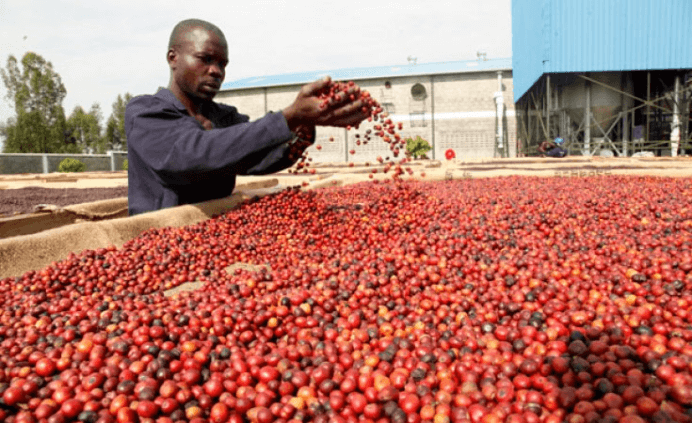
 9800
9800 